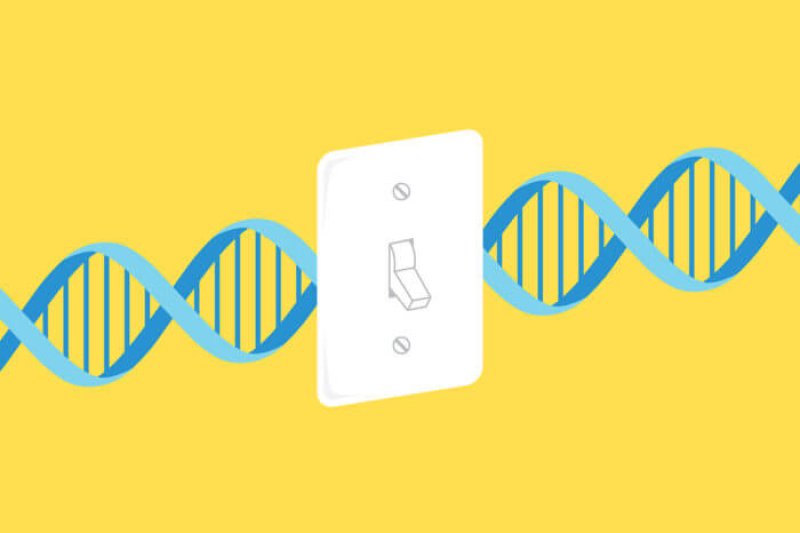[R]esearchers have published perhaps the greatest advance since 2013 – a way to use CRISPR as an on-off switch for genes. At the very least this will revolutionize genetic research. But it also has incredibly therapeutic potential.
…
This system targets a specific gene as usual but then, instead of cutting the DNA, it methylates the gene – adding methyl groups to some of the base pairs. This typically makes it impossible for the transcriptase enzyme to work on the DNA at that location, so the gene cannot be transcribed and turned into protein. The gene is effectively off, even though its sequence has been preserved.
…
Anytime turning off a gene in a particular cell population could have a beneficial effects this technology could work. The one example brought up so far is Alzheimer’s disease. Part of the progression of this disease is caused by the build of of tau protein in neurons. If tau expression could be significantly turned down in brain cells, this might slow or even halt the progression of dementia.
The CRISPR technology itself has advanced far more than therapeutic applications, partly because research on living people is more difficult and far more slow. The therapeutic potential for CRISPR remains to be seen, and may turn out to be more limited than we hope. But we’ll see.
































